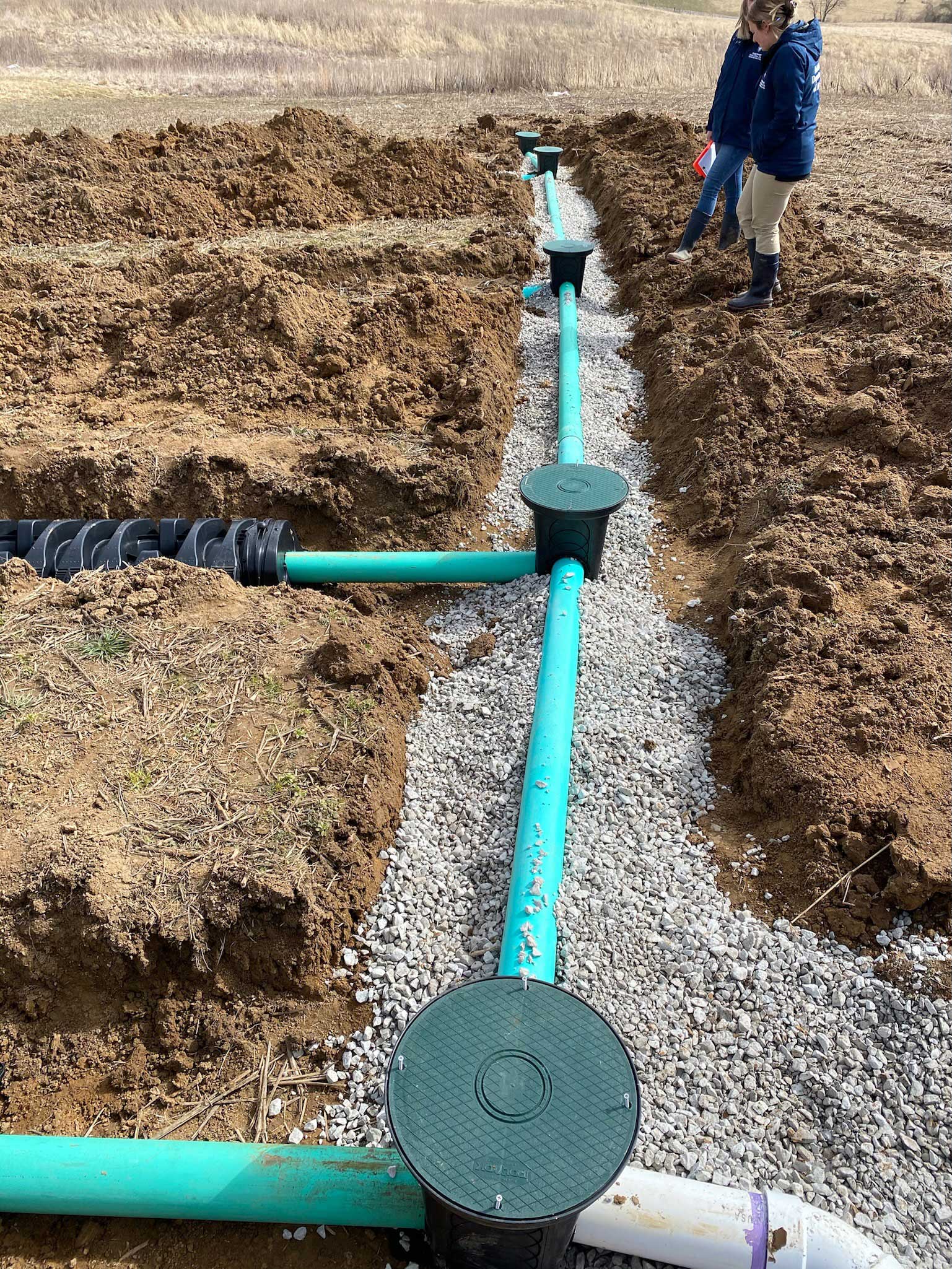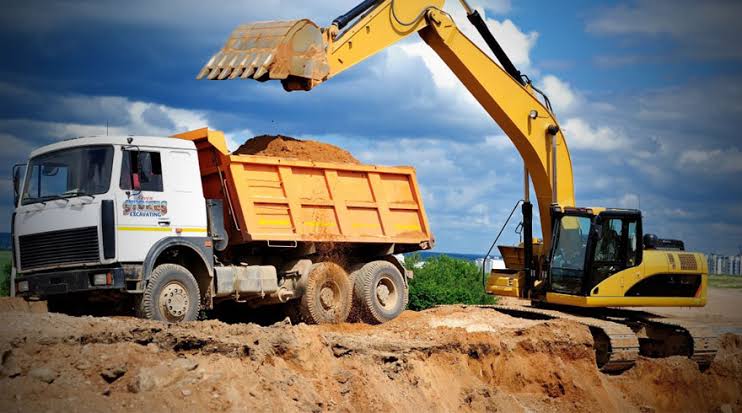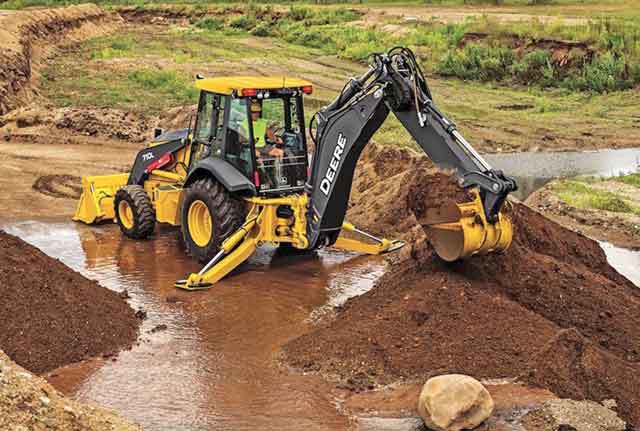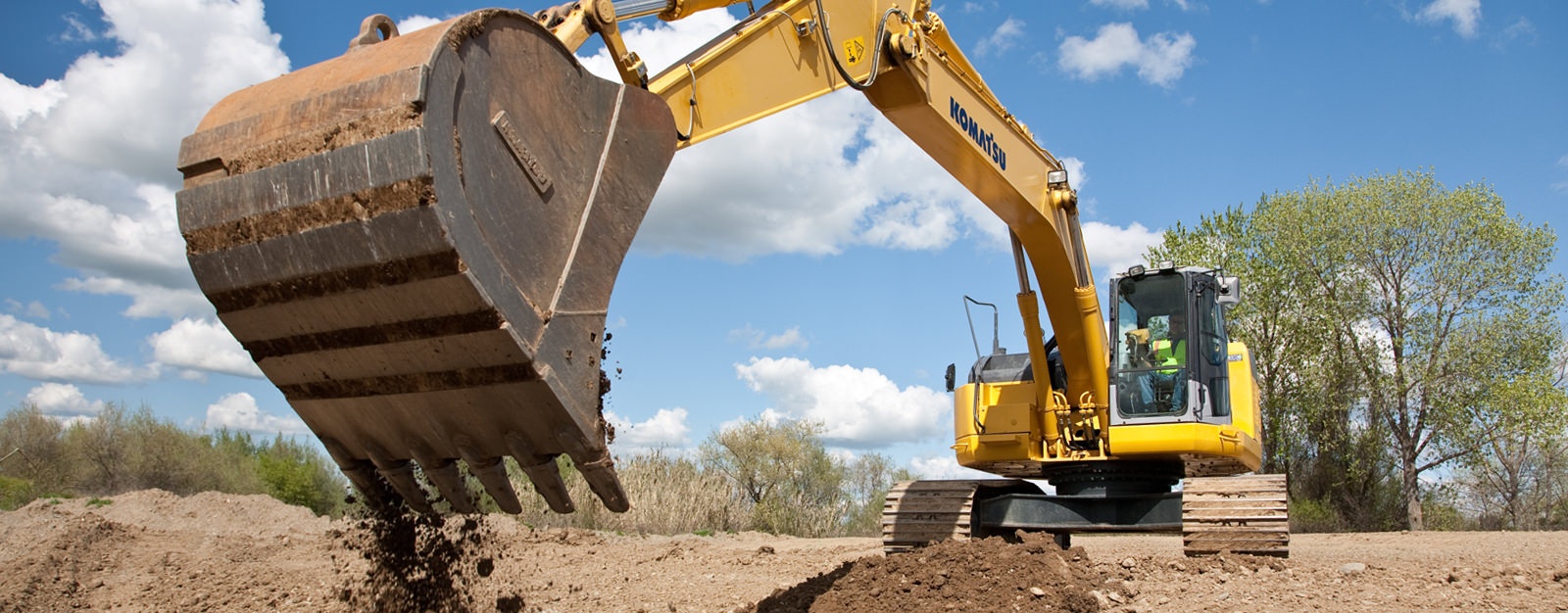Expert Septic Ohio - Relied On Septic System Professionals in Ohio
Expert Septic Ohio - Relied On Septic System Professionals in Ohio
Blog Article
Thorough Expedition: The Scientific Research Behind Superior Excavation Practices
From ancient hand tools to modern hydraulic excavators, the evolution of excavation strategies has been a testimony to human ingenuity and technical developments. What truly sets superior excavation methods apart is a deep understanding of geological concepts, coupled with the use of innovative tools and techniques.
Advancement of Excavation Techniques
Throughout background, the evolution of excavation techniques has actually played a vital role ahead of time construction methods and historical discoveries. From the simple devices made use of by our ancestors to the sophisticated equipment used in modern times, the development of excavation approaches has considerably changed how we come close to various jobs.
In ancient times, manual work with standard tools such as pickaxes, wheelbarrows, and shovels was the key technique of excavation. This labor-intensive process restricted the deepness and extent of excavations, commonly leading to sluggish progression and restricted accessibility to specific sites. As human beings progressed, so did the tools and methods made use of for excavation.
The Industrial Transformation noted a transforming point in excavation practices with the intro of steam-powered equipment. In modern times, technology plays a crucial function in excavation, with innovations like GPS systems, drones, and 3D scanning enhancing accuracy and effectiveness in the field.
Role of Technology in Excavation

The integration of sophisticated modern technology has actually essentially changed the field of excavation, boosting precision and effectiveness to unprecedented levels - lancaster excavation. One of the crucial technological innovations that has actually substantially impacted excavation techniques is the usage of General practitioner systems.
In addition, the advent of 3D modeling and simulation software application has streamlined the planning procedure for excavation projects. Designers and operators can now envision the entire excavation procedure before damaging ground, identifying potential obstacles and optimizing operations. In conjunction with this, the application of drones in excavation tasks has actually facilitated aerial studies, volumetric measurements, and website examinations with unrivaled rate and precision.
Geological Principles in Excavation
An understanding of geological concepts is vital for ensuring the architectural integrity and stability of excavation sites. Geological aspects play a vital role in establishing the expediency and safety and security of excavation tasks.
Furthermore, the geological structure of the area, consisting of faults, cracks, and rock developments, need to be carefully analyzed to identify potential dangers and obstacles. Digging deep into near geological fault or unsteady rock formations can bring about instability and potential hazards. By performing comprehensive geological studies and evaluation, Home Page engineers and excavators can develop methods to mitigate risks and make sure the successful completion of excavation jobs. Eventually, incorporating geological concepts into excavation methods is crucial for achieving safe, efficient, and lasting outcomes.

Most Recent Tools for Excavation
In the realm of excavation methods, modern developments in tools have actually revolutionized the efficiency and precision of excavation procedures. These drones can give detailed airborne studies of excavation websites, offering real-time information on topography and potential threats.
An additional cutting-edge device obtaining appeal is the execution of 3D printing innovation for producing custom excavation devices. This permits the manufacturing of specialized devices that are tailored to the certain demands of a task, raising effectiveness and decreasing downtime.
Moreover, developments helpful site in products science have brought about the development of more powerful and more resilient excavation tools. lancaster excavation. Tungsten carbide-tipped excavator accessories, for example, offer remarkable performance in tough ground problems, improving productivity on-site
Scientific research's Influence on Excavation Practices

In addition, scientific research on dirt auto mechanics and geotechnical engineering has provided useful insights right into dirt habits, permitting excavation experts to make educated choices regarding excavation approaches and dirt stablizing strategies. Overall, scientific research continues to drive development and renovation in excavation techniques, making excavation projects more efficient, affordable, and lasting.

Final Thought
To conclude, the evolution of excavation methods has actually been significantly affected by advancements in technology septic ohio and a much deeper understanding of geological principles. The most recent tools and tools made use of in excavation have enhanced performance and accuracy in the area. The application of clinical knowledge has actually dramatically improved excavation practices, leading to extra lasting and efficient methods for excavating different kinds of products.
In the world of excavation techniques, modern innovations in devices have actually changed the performance and accuracy of excavation processes. By leveraging clinical concepts, the excavation sector has actually been able to dramatically improve effectiveness, precision, and safety in excavation procedures. GPR allows excavation groups to non-invasively scan and map subsurface structures, energies, and prospective hazards, enabling them to prepare excavation jobs with greater accuracy and reduced threat of accidents.
Furthermore, clinical research on soil auto mechanics and geotechnical engineering has offered important insights into soil actions, allowing excavation experts to make informed choices regarding excavation techniques and dirt stabilization strategies. Generally, science proceeds to drive advancement and enhancement in excavation techniques, making excavation projects more reliable, economical, and sustainable.
Report this page